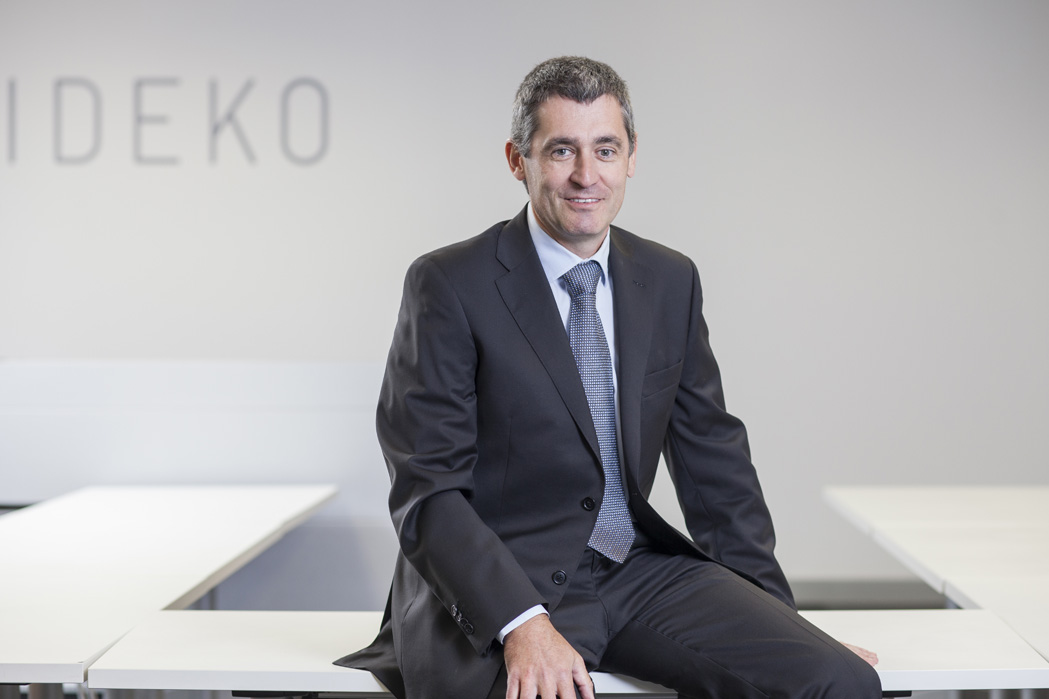Last news about IDEKO.

Rafa Lizarralde, director of research and development of the centre, obtained a Summa Cum Laude after defending his dissertation on the development of a Model for Evaluation and Selection of New Technology in a Manufacturing Research Centre.
With this accomplishment, the number of PhD-holders in IDEKO stands at 36 now, some 33% of its staff.
The new PhD-holder fits in perfectly with IDEKO’s
commitment to human capital. Rafa Lizarralde, the director of research and
development of the research centre IDEKO, member of the Basque Research and
Technology Alliance (BRTA), obtained a Summa Cum Laude after defending his
research dissertation thesis on developing a comprehensive model of action in a
manufacturing research centre.
At present, IDEKO employs a total of 36 doctors, who make up 33% of the staff, a significantly higher percentage than a decade ago (13%). Lizarralde's doctoral work is a step forward in the pursuit of employing high-profile scientific researchers in the research centre.
Lizarralde presented his doctoral thesis, called "Model for Evaluation and Selection of New Technology in a Manufacturing Research Centre" on January 8th. The study was prepared under the direction of Ander Azkarate (IDEKO) and Jaione Ganzarain (Mondragon University).
Lizarralde's dissertation focused on Manufacturing, this industrial sector being a driving force behind growth of the European economy and, in particular, the Basque economy. Due to the technological readiness of this sector, and faced with increasingly fierce competition from developing countries, a special effort in the identification and selection of new technological commitments must be made.
Within the framework of research, the development of a model to support a research centre in the process of evaluating and selecting suitable technology is specifically addressed. The model would serve as an integral part of strategic decision making, and, since it is easily adaptable, for periodic evaluations of one or more potentially interesting technologies. It provides an overall view, and supports the analysis of a technology in terms of characteristics and suitability to the centre, and of the vision of the centre's own potential clients and the market, target and final objective of a centre's strategic and technological commitment.
To develop the model, putting it into practice in two case studies on manufacturing technologies, both the global vision of the performance scenario and the flexibility in configuration and usability of the model have been fundamental. These aspects also allow us to visualize the applicability of the model in other environments such as university research entities, companies with R&D departments, centres or units and even official organisations in the analysis of their R&D ecosystems.